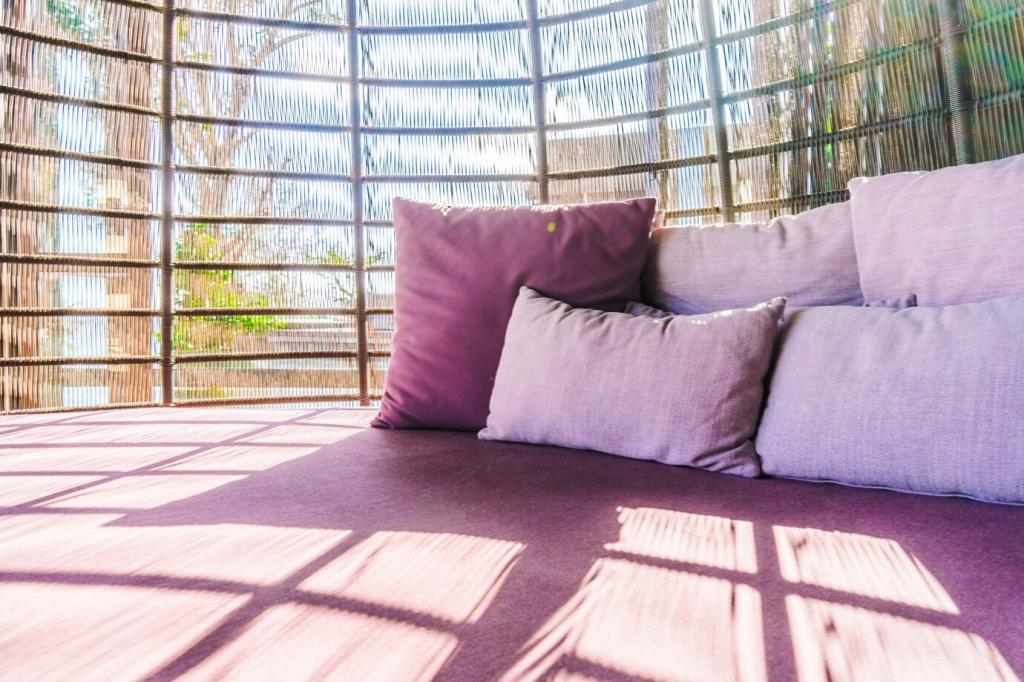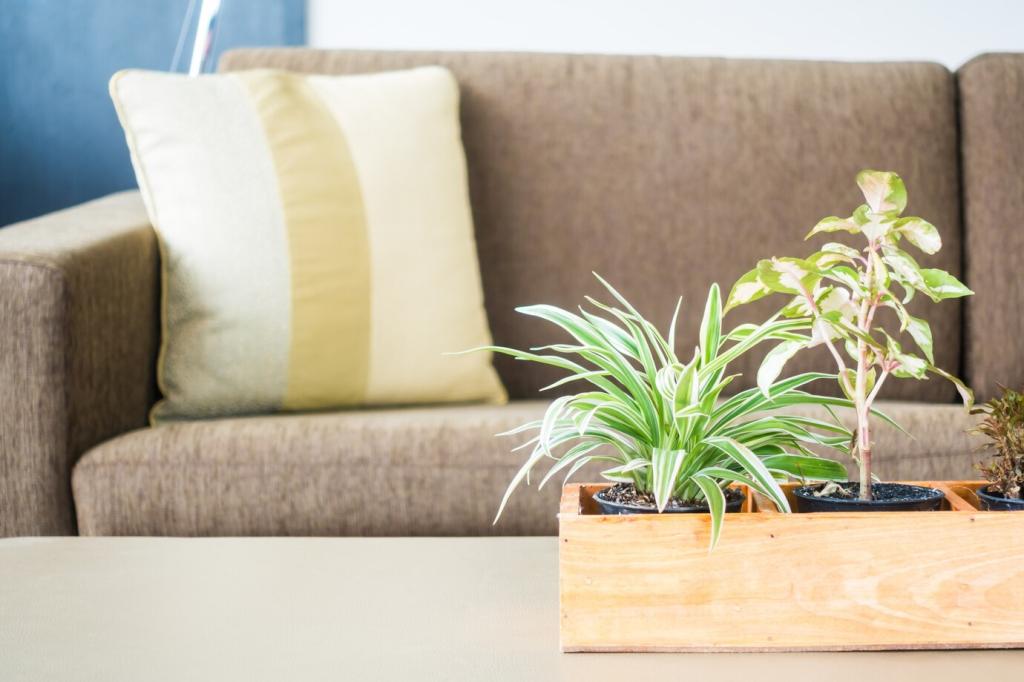Green Building Certifications and Interior Spaces
The pursuit of sustainability within the built environment has elevated the importance of green building certifications, especially in relation to interior spaces. These certifications not only validate the ecological responsibility of a building but also signal a commitment to occupant well-being, resource efficiency, and the minimization of environmental impact. As demands grow for healthier indoor environments and lower carbon footprints, understanding the intersection between certification frameworks and interior design becomes essential. This page explores the connections and advantages that green building certifications bring to interior spaces, illuminating pathways for responsible and innovative building practices.


Certification Criteria and Space Planning
Certification systems such as LEED, WELL, and BREEAM outline specific criteria related to energy use, indoor air quality, daylighting, and material selection within interiors. These benchmarks encourage careful space planning that maximizes natural light, improves ventilation, and minimizes resource consumption. Designers who embed certification requirements into their plans create environments where efficiency and comfort go hand in hand, supporting both environmental and human needs.

Material Selection for Certified Interiors
One of the most significant impacts of green building certifications on interior spaces is the emphasis on sustainable material selection. Certifications assess attributes such as recycled content, low-VOC emissions, and resource renewability. By prioritizing these materials, designers help reduce the carbon footprint of a project while supporting healthier indoor air quality. This conscious approach extends to furniture, finishes, and fixtures, further underscoring sustainability in every detail of the interior environment.

Performance Tracking and Occupant Wellness
Green certifications promote ongoing performance tracking to ensure that interior spaces continue to meet sustainability targets after occupancy. This includes monitoring air quality, energy use, and water consumption. Importantly, such certifications place a strong emphasis on occupant wellness—addressing factors such as thermal comfort, acoustics, and access to nature. Ultimately, certified interiors don’t just look environmentally responsible—they feel better to live and work in.
Popular Green Certifications Impacting Interiors
LEED ID+C is a leading certification program focused specifically on the interior environment. It offers a practical roadmap for transforming commercial and institutional interiors with sustainability in mind, assessing factors such as indoor air quality, lighting, water efficiency, and material selection. This certification guides project teams from the early stages of design through completion, encouraging collaboration between owners, designers, and contractors. Attaining LEED ID+C demonstrates a proven commitment to creating healthier, more sustainable spaces.
The WELL Building Standard revolutionizes the focus on human health and wellness within interiors. Unlike more traditional systems, WELL integrates advanced research on how built environments affect sleep, nutrition, mood, and productivity. Achieving WELL certification involves strategies ranging from air and water purification to psychological well-being accents such as circadian lighting. By prioritizing holistic wellness, buildings with this certification redefine what it means to occupy a truly supportive environment.
BREEAM offers robust commands over both new and existing interior spaces through schemes like BREEAM In-Use and Refurbishment. These systems cater to the unique requirements of upgrades and operational improvements within functioning buildings. By focusing on aspects like occupant engagement, maintenance practices, and resource efficiency, BREEAM ensures that interiors not only start green but remain high-performing throughout their life cycles. The flexibility of BREEAM makes it relevant in a global context for a wide variety of projects.
Improved Indoor Air Quality
Indoor air quality has direct and measurable effects on occupant health and performance. Certified interiors require rigorous evaluation of ventilation, filtration, and off-gassing controls. By excluding polluting materials and optimizing airflow, these spaces reduce allergens, volatile organic compounds, and other hazards. This proactive approach results in fewer sick days, heightened cognitive function, and a superior sense of well-being, setting a benchmark for healthy living and working environments.
Energy Efficiency and Resource Reduction
Achieving green certification encourages a disciplined approach to energy use and resource management. Strategic lighting, thermal controls, and water-saving fixtures are all part of the package. Interiors designed under these frameworks are more efficient to operate, reducing both utility costs and greenhouse gas emissions. Operational savings create long-term value for owners while resource efficiency aligns with the larger imperative of conserving the planet’s finite assets.
Enhanced Occupant Satisfaction and Productivity
Certified interiors deliberately foster environments where people can thrive. Factors such as acoustic control, natural lighting, ergonomic furniture, and access to biophilic design elements have all been shown to lift mood and boost productivity. Employees working in such spaces report higher job satisfaction, better engagement, and improved overall wellness. By investing in green certification, organizations demonstrate their investment in the performance and happiness of their most valuable asset—the people who use their spaces.
